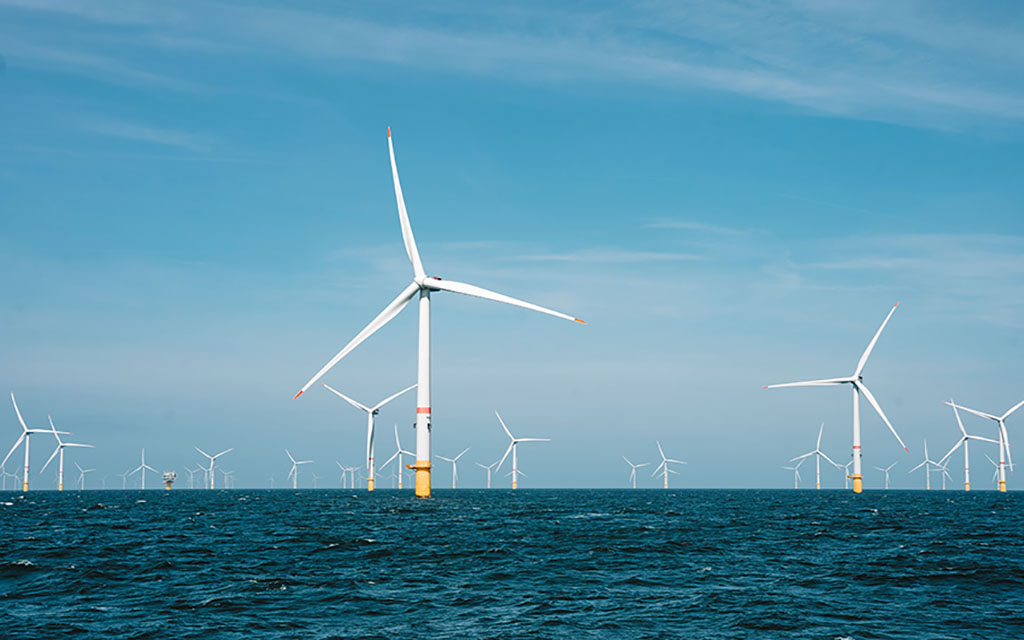How Wind Turbines Generate Electricity: A Comprehensive Guide
Wind turbines are a popular and sustainable source of energy that can generate electricity for homes and businesses. But how do they work? In this guide, we'll explore the inner workings of wind turbines and how they harness the power of wind to create electricity.
Understanding the Basics of Wind Turbines(Wind Turbines Generate Electricity).
Wind turbines are essentially large machines that convert the kinetic energy of wind into electrical energy. They consist of three main components: the rotor blades, the rotor hub, and the nacelle. The rotor blades are designed to capture the wind and spin around the rotor hub, which is connected to a shaft that drives a generator in the nacelle. As the rotor blades spin, they generate electricity that can be used to power homes and businesses.
The Components of a Wind Turbine.
Wind turbines consist of three main components: the rotor blades, the rotor hub, and the nacelle. The rotor blades are typically made of fiberglass or carbon fiber and are designed to capture the wind. The rotor hub connects the blades to a shaft that drives a generator in the nacelle. The nacelle is the housing that contains the generator, gearbox, and other components that convert the kinetic energy of the wind into electrical energy. Together, these components work to generate sustainable energy from the power of the wind.
How Wind Turbines Convert Wind into Electricity.
Wind turbines generate electricity by converting the kinetic energy of the wind into electrical energy. As the wind blows, it causes the rotor blades to spin, which in turn rotates the rotor hub. A shaft connected to a rotor hub that drives a generator in the nacelle. The generator uses the rotational energy to produce electrical energy, which is then send it to a transformer and distribute it to homes and businesses. The amount of electricity generated depends on the wind speed and the size of the turbine.
The Advantages and Disadvantages of Wind Energy.
While wind energy is a sustainable and renewable source of energy, there are both advantages and disadvantages to its use. One advantage is that it produces no greenhouse gas emissions or air pollution. It is also a domestic source of energy, reducing dependence on foreign oil. However, wind energy can be intermittent and dependent on wind speed, which can make it less reliable than other sources of energy. Additionally, wind turbines can be noisy and can have negative impacts on wildlife and their habitats.
The future of wind energy looks promising as more and more countries are investing in renewable energy sources. In fact, the International Energy Agency predicts that wind power will become the largest source of electricity generation in Europe by 2027. Additionally, advancements in technology are making wind turbines more efficient and cost-effective, which could lead to even greater adoption of wind power in the future. However, it's important to continue addressing the potential drawbacks of wind power, such as noise pollution and intermittency. In order to ensure its continued success as a sustainable energy source.
